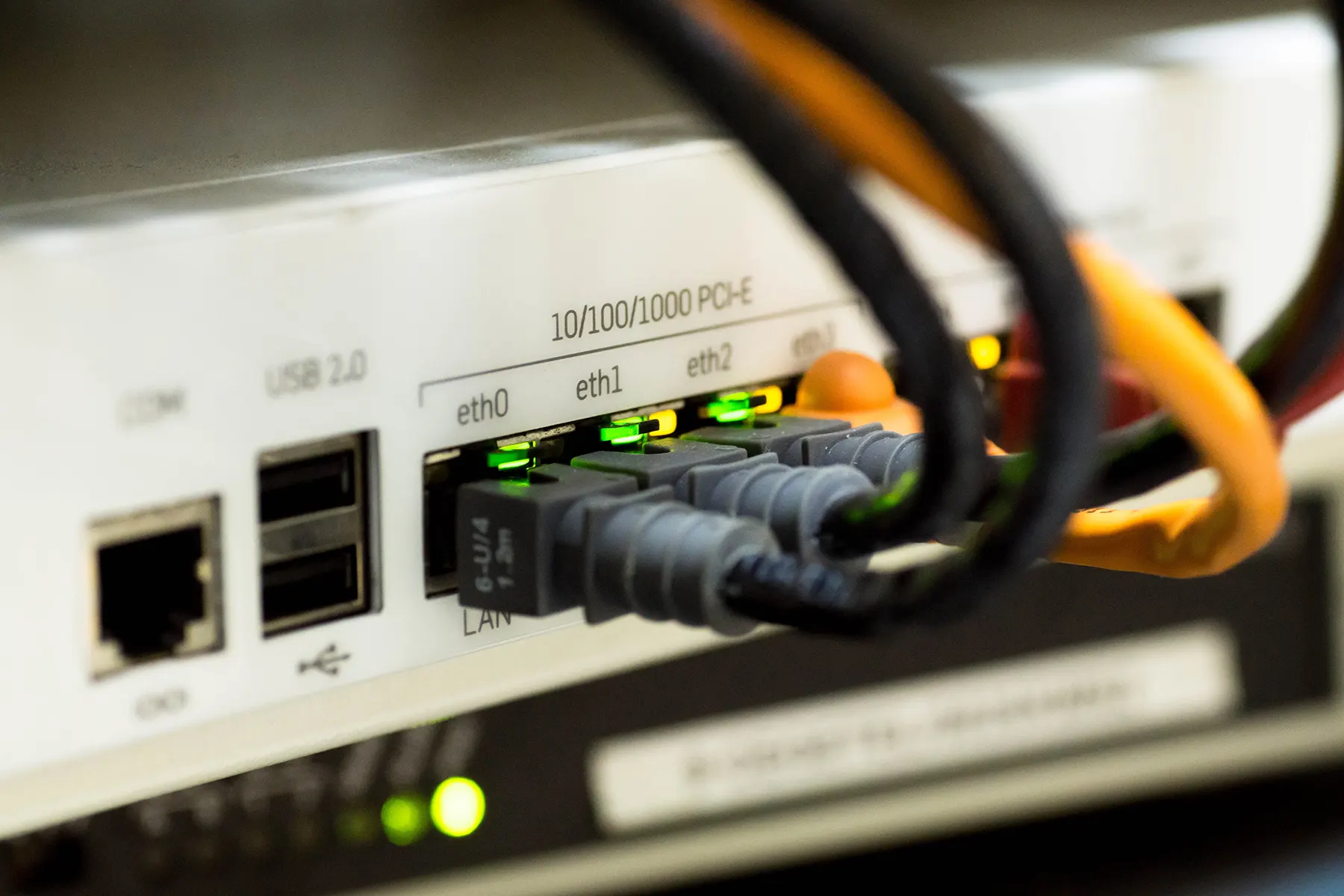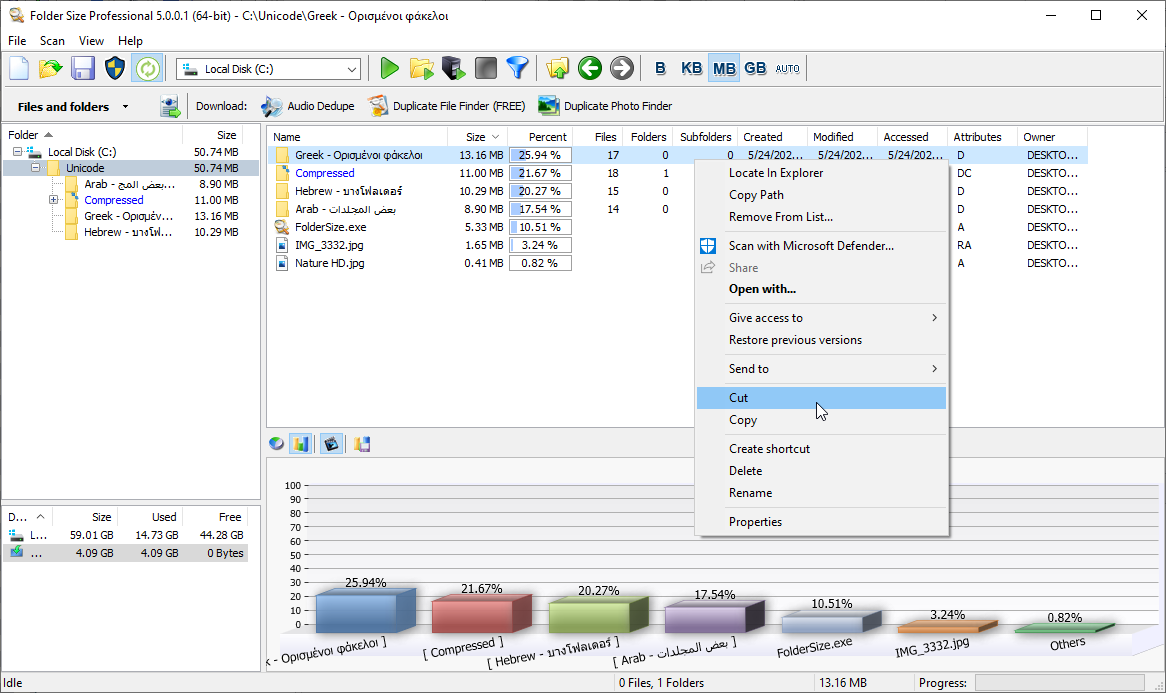Folder Size is a free tool that can view all folder and drive sizes in Windows. View network folder sizes, analyze NAS, SAN, shared folders, mapped drives, removable storage, and local disks. Find the largest folders and the largest files. Remove unused files to free up disk space and organize drive space easily. Print folder tree, print files list, export files and folders lists to EXCEL or XML files.
View Network Folder Sizes
Past versions of Folder Size did include support for mapped drives, NAS, SAN, and network storage. This new release has improved support for those storage types in Windows 11 and 10. There are many ways to scan network locations.
Show Mapped Drive Directory Sizes
The application lists all mapped drives in the system. You can select a mapped drive from the drop-down box on the toolbar and click the green play button to scan. Another option is to double-click the mapped drive in the drives list at the bottom-left.
You can scan mapped drives using the “Scan multiple locations…” too. It will let you choose multiple drives and scan dem simultaneously. Of course, you can select a folder from a mapped drive too. Click the “Scan folder…” button on the toolbar (Yellow folder with green play arrow). Navigate to the mapped drive in the displayed folders list dialog and choose the folder to be scanned.
The “Scan with Folder Size” context menu is available everywhere in Windows Explorer. You can browse to the desired mapped drive or folder and then right-click it and select “Scan with Folder Size”. There was an issue with this action on mapped drives in Windows 10 and Windows 11 which we fixed in this update.
View The Sizes of Network Shares
The network shares are not drives and will not be listed in the drives list or in the drives drop-down box on the toolbar. Therefore, to scan a network share, use the “Scan folder…” option or the “Scan multiple locations…” option. You can navigate to the desired network share using the folder selection dialog.
Similar to the example of the mapped drives above you can use Windows Explorer too. To do that, navigate to the network share that you want to analyze using Windows Explorer, right-click on it and select “Scan with Folder Size”.
In addition to the above methods for viewing network folder sizes, you can also drag and drop the folders that you want to scan inside Folder Size. Just select the folder in Windows Explorer and drag it inside the Folder Size application.
Folder Navigation Mouse and Keyboard Shortcuts
The application provides the same shortcuts like the ones in Windows Explorer and you can use them to navigate through the folders. Similarly, there are navigation buttons on the toolbar too – Up (Folder with a green up arrow), Back (Green button with an arrow pointing left), and Forward (Green button with an arrow pointing right).
The corresponding keyboard shortcuts are:
- Up – Backspace
- Back – ALT+Left
- Forward – ALT+Right
If you have a mouse with side buttons, you can use them for the back and forward actions too.
The UP button navigates to the parent folder of the currently selected one. The back button will go back to the folder that you have viewed prior to the one that you are viewing at the moment. Correspondingly, the forward button goes forward in the browsing history. E.g. if you have used the back button to go back, you can use the forward button to return to the location that you have viewed prior to using the back button.
You can find all the new features of Folder Size on the What’s new page.
Please share this article with your friends – they will thank you!



